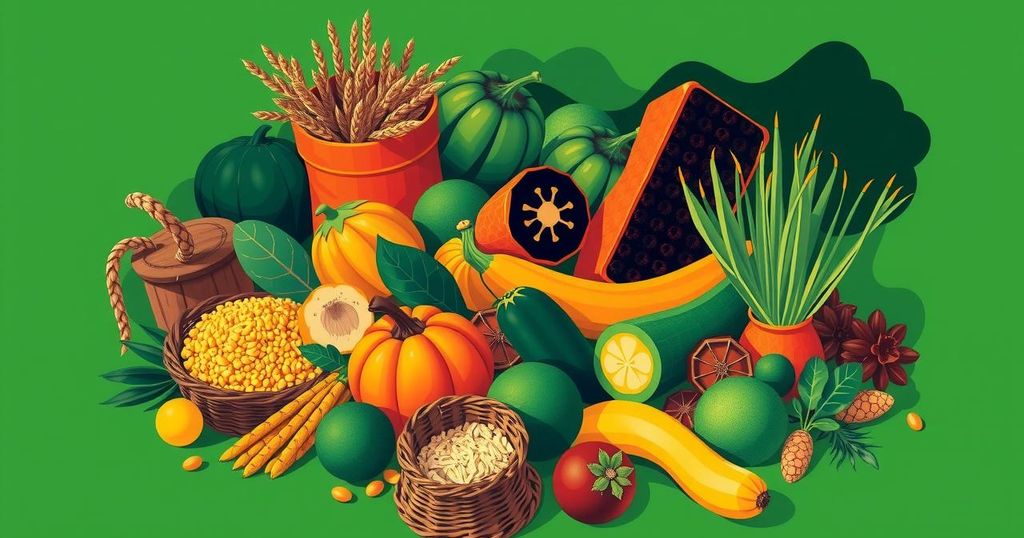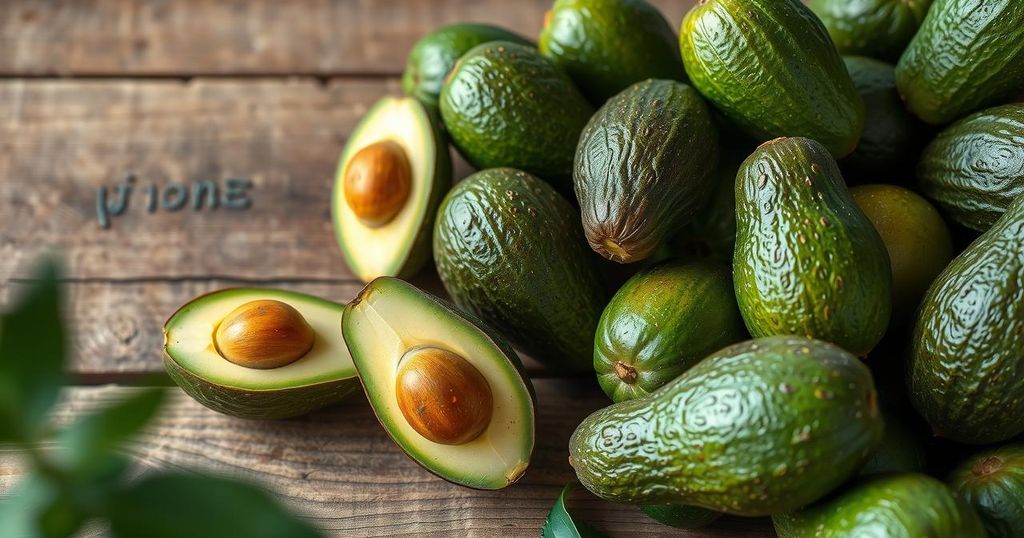Nigeria’s Central Bank reported that $1.87 billion was spent on food imports in the first nine months of 2024, marking an increase from $1.64 billion in 2023. Monthly allocations for foreign exchange fluctuated notably, with dramatic increases in July, August, and September. This continuing reliance on imports highlights significant challenges in the agricultural sector despite local initiatives to enhance food production.
According to the Central Bank of Nigeria (CBN), Nigeria spent $1.87 billion on food imports during the first nine months of 2024. This expenditure marks an increase of $235.11 million compared to the $1.64 billion spent in the same period of 2023, reflecting a 14.37% rise in foreign exchange allocations for these imports.
The CBN’s report highlighted considerable fluctuations in monthly foreign exchange allocations for food imports throughout 2024. In January, allocations decreased by 33.08% to $164.43 million, down from $245.69 million in January 2023. By February, the allocations surged to $303.91 million, nearly doubling from the previous year’s figure of $163.57 million.
The latter half of the year showed a marked increase in foreign exchange spending on food imports. In July, allocations rose by 158.82% to $149.91 million, up from $57.91 million in 2023. Additionally, August experienced a dramatic rise of 188.51%, reaching $275.04 million, while September saw a 74.13% increase to $208.68 million.
Despite variations in foreign exchange allocations, the overall spending on food imports in 2024 reflects a substantial increase. This trend highlights Nigeria’s ongoing dependence on imported food, reinforcing the persistent challenges faced within the agricultural sector. Various initiatives aimed at enhancing local agricultural production have yet to significantly alter this reliance.
In conclusion, Nigeria’s food import expenditures have risen to $1.87 billion in 2024, reflecting a growing dependence on imported goods despite local agricultural initiatives. Monthly foreign exchange allocations have fluctuated significantly throughout the year, with notable spikes in the latter half. This trend underlines the challenges faced in Nigeria’s agricultural sector and emphasizes the need for more sustainable solutions to boost local production.
Original Source: osundefender.com




